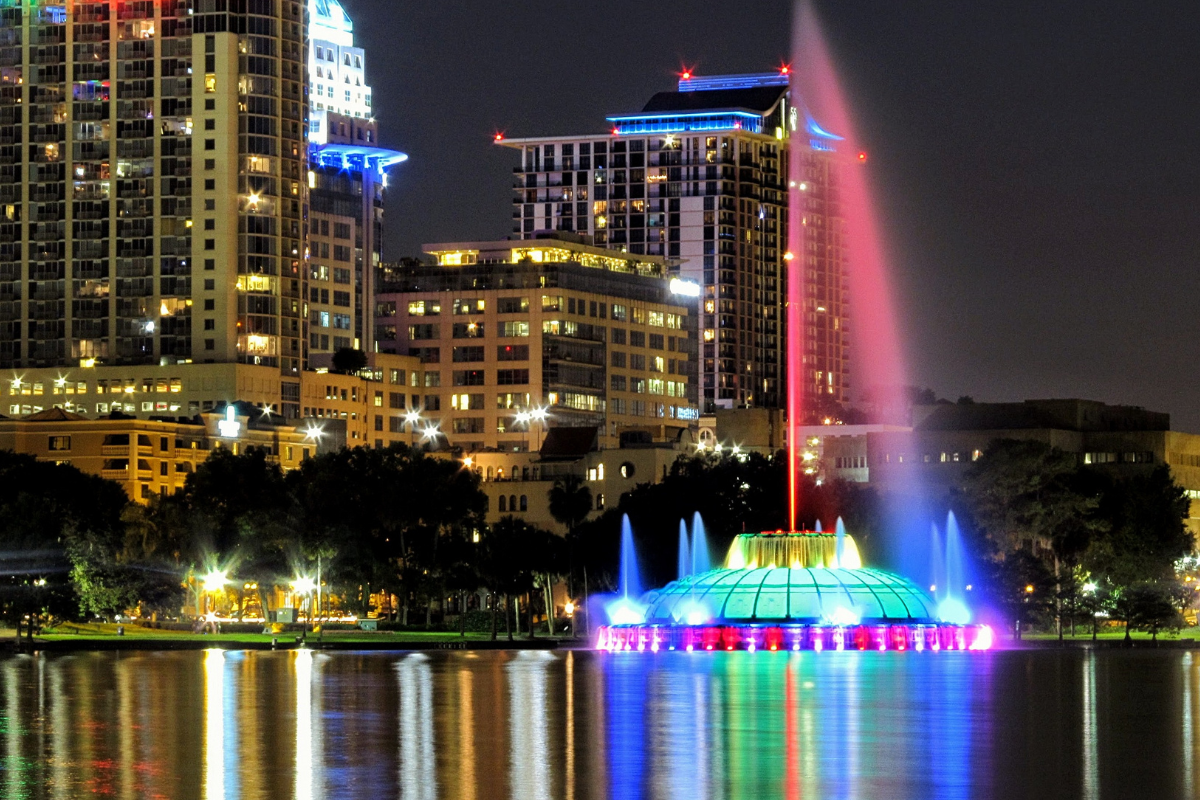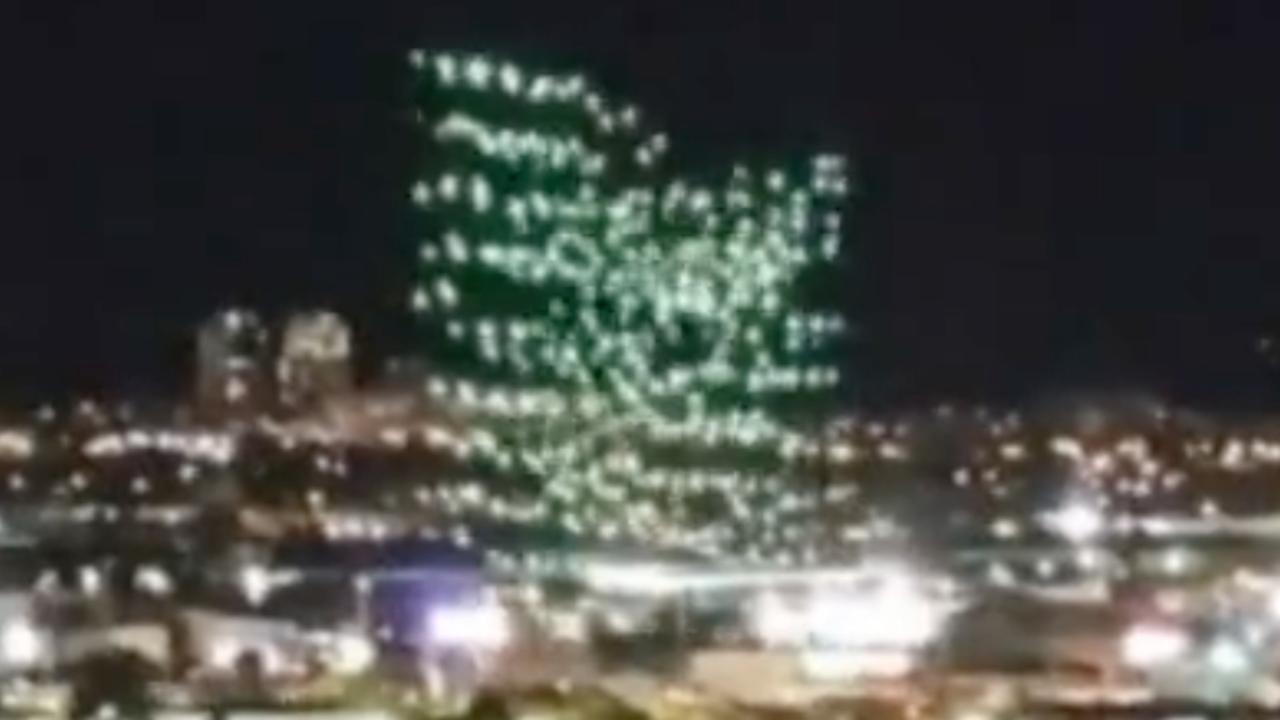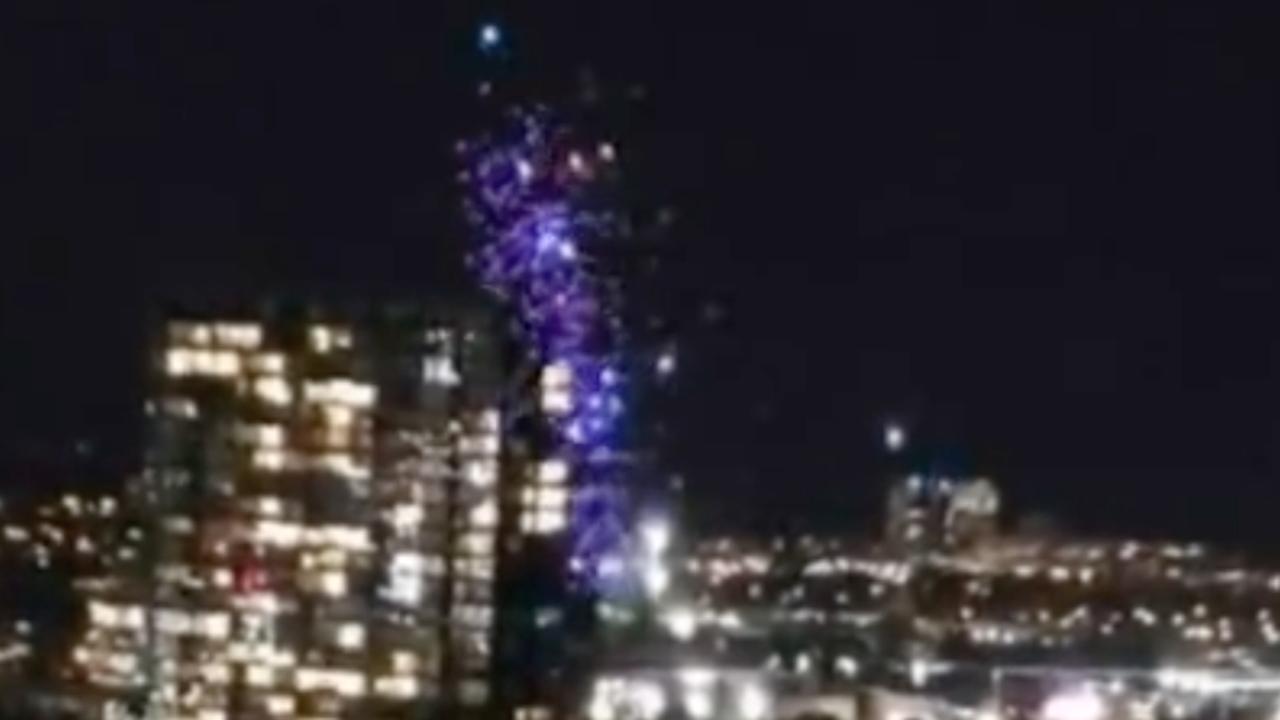Orlando drone show malfunction: The spectacular failure of a recent drone light show in Orlando captivated audiences and sparked widespread discussion. This event serves as a compelling case study exploring the technological intricacies, safety protocols, and regulatory landscapes surrounding large-scale drone displays. We will delve into the sequence of events, potential causes, and the broader implications for the future of drone technology and public entertainment.
This analysis will examine the technical aspects of the malfunction, exploring potential causes ranging from software glitches and hardware failures to unforeseen weather conditions. We’ll also investigate the incident’s impact, including financial repercussions, public response, and the subsequent regulatory review. Furthermore, we’ll compare this incident to similar past occurrences, offering valuable insights into enhancing safety measures for future drone shows.
The Orlando Drone Show Malfunction
The recent drone show incident in Orlando serves as a stark reminder of the potential risks associated with large-scale drone deployments. While drone shows offer spectacular visual displays, the intricate technology involved necessitates robust safety protocols and stringent regulatory oversight. This article delves into the details of the Orlando incident, examining the technical aspects, impact, and implications for future drone shows.
The Orlando Drone Show Incident: A Detailed Account
The Orlando drone show, scheduled for [Insert Date], involved [Insert Number] drones programmed to perform a complex choreographed routine. The show began smoothly, with the drones executing the initial sequences flawlessly. However, approximately [Insert Time] into the performance, a malfunction occurred. Initial reports suggest [Insert Concise Description of Malfunction Start, e.g., one drone deviated from its programmed path].
This led to a chain reaction, with multiple drones [Insert Concise Description of Subsequent Events, e.g., colliding with each other and falling from the sky]. The audience initially gasped and then showed a mix of concern and awe as the spectacle turned chaotic. Show organizers immediately halted the performance and initiated emergency protocols. Post-show investigations are underway to determine the precise cause and to implement preventative measures.
A timeline of the incident might include: [Insert Time]
-Show begins; [Insert Time]
-First sign of malfunction; [Insert Time]
-Complete system failure; [Insert Time]
-Show organizers halt the performance; [Insert Time]
-Emergency services arrive; [Insert Time]
-Investigation begins.
The Orlando drone show malfunction sparked considerable discussion regarding safety protocols. This incident highlights the inherent risks involved, as seen in a recent drone show accident reported elsewhere. Understanding these risks is crucial for preventing future malfunctions and ensuring the safe operation of similar events in Orlando and beyond.
Technical Aspects of the Malfunction
Several potential causes for the drone malfunction are being investigated. These include software glitches in the flight control system, hardware failure in individual drones (such as motor malfunctions or GPS issues), or unexpected environmental factors like strong winds or electromagnetic interference. Different drone control systems vary in their resilience to such issues. For instance, centralized control systems, where a single command center manages all drones, are vulnerable to a single point of failure.
Decentralized systems, which allow for more autonomy, may offer greater resilience but introduce complexities in coordination. Large-scale drone shows typically employ redundancy measures, such as backup control systems and failsafe mechanisms to prevent complete system failure. However, the Orlando incident highlights the need for more robust and adaptable safety protocols, perhaps incorporating AI-based predictive maintenance and real-time anomaly detection systems that can automatically intervene in case of malfunction.
Impact and Aftermath of the Incident, Orlando drone show malfunction

The financial repercussions of the incident are likely significant, encompassing costs associated with drone repairs or replacement, show cancellations, legal fees, and potential compensation to injured parties. While the extent of injuries and damages is still being assessed, initial reports suggest [Insert Information about Injuries or Damages, e.g., minor injuries to spectators from falling debris]. Public response has been a mix of disappointment, concern, and fascination, with significant media coverage highlighting both the spectacle and the safety concerns raised.
| Incident | Location | Date | Cause (if known) |
|---|---|---|---|
| Orlando Drone Show | Orlando, Florida | [Insert Date] | Under investigation |
| [Example Incident 1] | [Location] | [Date] | [Cause] |
| [Example Incident 2] | [Location] | [Date] | [Cause] |
Regulatory and Safety Implications

Current regulations governing drone operation in public spaces vary by jurisdiction, but generally focus on aspects like registration, licensing, and operational limitations. The Orlando incident underscores the need for more comprehensive regulations specifically tailored to large-scale drone shows. These regulations should address issues such as emergency response protocols, redundancy systems, and liability frameworks. Drone manufacturers also have a crucial role in ensuring the safety and reliability of their products through rigorous testing, robust software development, and transparent reporting of potential vulnerabilities.
The recent Orlando drone show malfunction highlights the inherent complexities of large-scale drone displays. Ensuring seamless coordination is crucial, and companies like sky elements drones , known for their reliable technology, are constantly striving for improvements in this area. Ultimately, the Orlando incident underscores the need for continued innovation and robust safety protocols within the drone show industry.
Legal liabilities associated with drone show malfunctions can be complex, involving product liability claims against manufacturers, negligence claims against organizers, and potential public liability claims.
Illustrative Descriptions
Before the malfunction, the drones appeared as [Insert Description of Drones’ Appearance, e.g., small, brightly lit quadcopters forming a cohesive swarm]. During the malfunction, a chaotic scene unfolded as some drones [Insert Description of Drones’ Appearance During Malfunction, e.g., spun uncontrollably, emitting sparks, or falling from the sky in disarray]. Afterwards, the scene was one of scattered drones, some damaged, others seemingly intact but unresponsive.
The soundscape shifted from the synchronized hum of many drones to a cacophony of erratic buzzing, followed by the unsettling thud of impacts. The visual impact of the malfunction was a sudden shift from a breathtaking, unified display to a chaotic and unsettling spectacle. The planned patterns were replaced with random movements and falling lights, shattering the intended aesthetic and leaving the audience with a sense of unease.
The Orlando drone show malfunction highlights the critical need for robust safety protocols and stringent regulations in the rapidly evolving field of drone technology. While the incident resulted in significant disruption and raised concerns about public safety, it also provides a valuable opportunity for improvement. By analyzing the technical failures, reviewing existing regulations, and implementing enhanced safety measures, the drone entertainment industry can mitigate future risks and ensure the continued enjoyment of these spectacular displays.
Essential Questionnaire: Orlando Drone Show Malfunction
What type of drones were involved in the Orlando show?
Specific drone models involved require further investigation and official confirmation.
Were there any injuries reported as a result of the malfunction?
The Orlando drone show malfunction highlights the inherent risks in large-scale drone displays. Such incidents underscore the need for robust safety protocols, especially considering recent events like the kazan drone attack , which demonstrated the potential for malicious drone use. Therefore, thorough testing and contingency planning are crucial to prevent similar malfunctions and ensure public safety during future Orlando drone shows.
This information would be detailed in official reports and news coverage following the event.
What was the estimated cost of the damage caused by the malfunction?
The financial impact is likely to vary depending on the extent of the damage to the drones and any potential legal liabilities.
What changes to safety protocols are being considered in response to this incident?
Industry and regulatory bodies will likely review and update safety guidelines based on the investigation’s findings.

